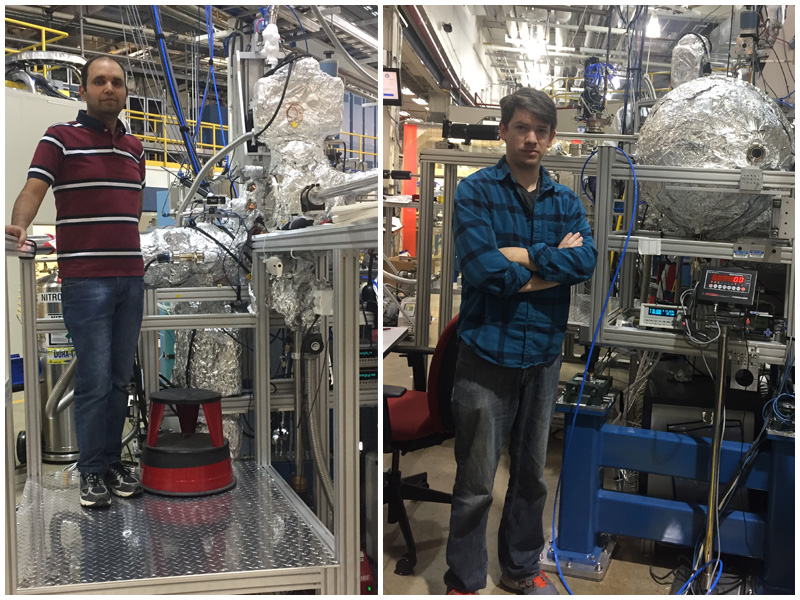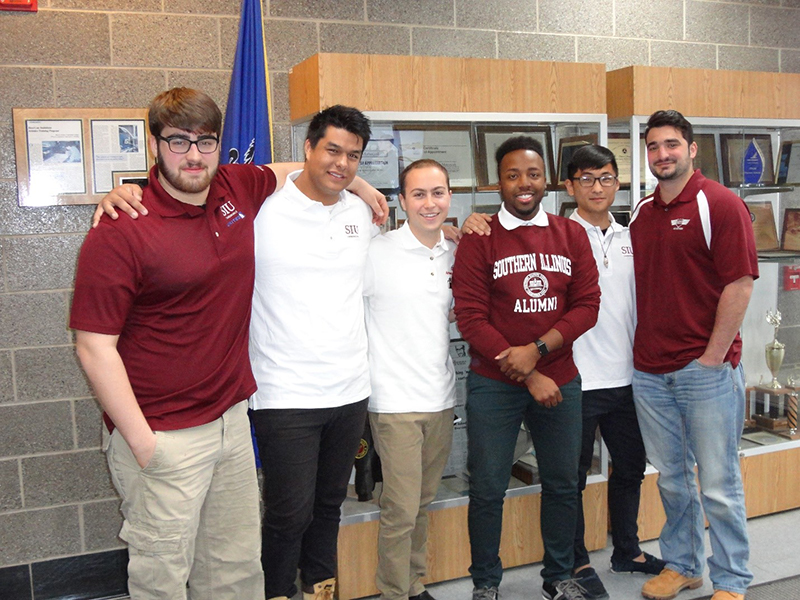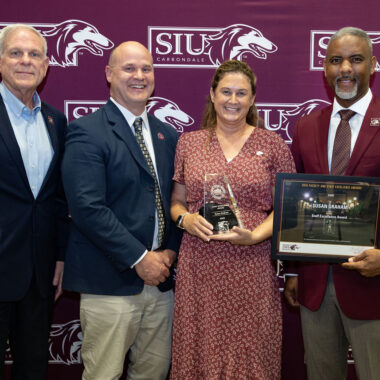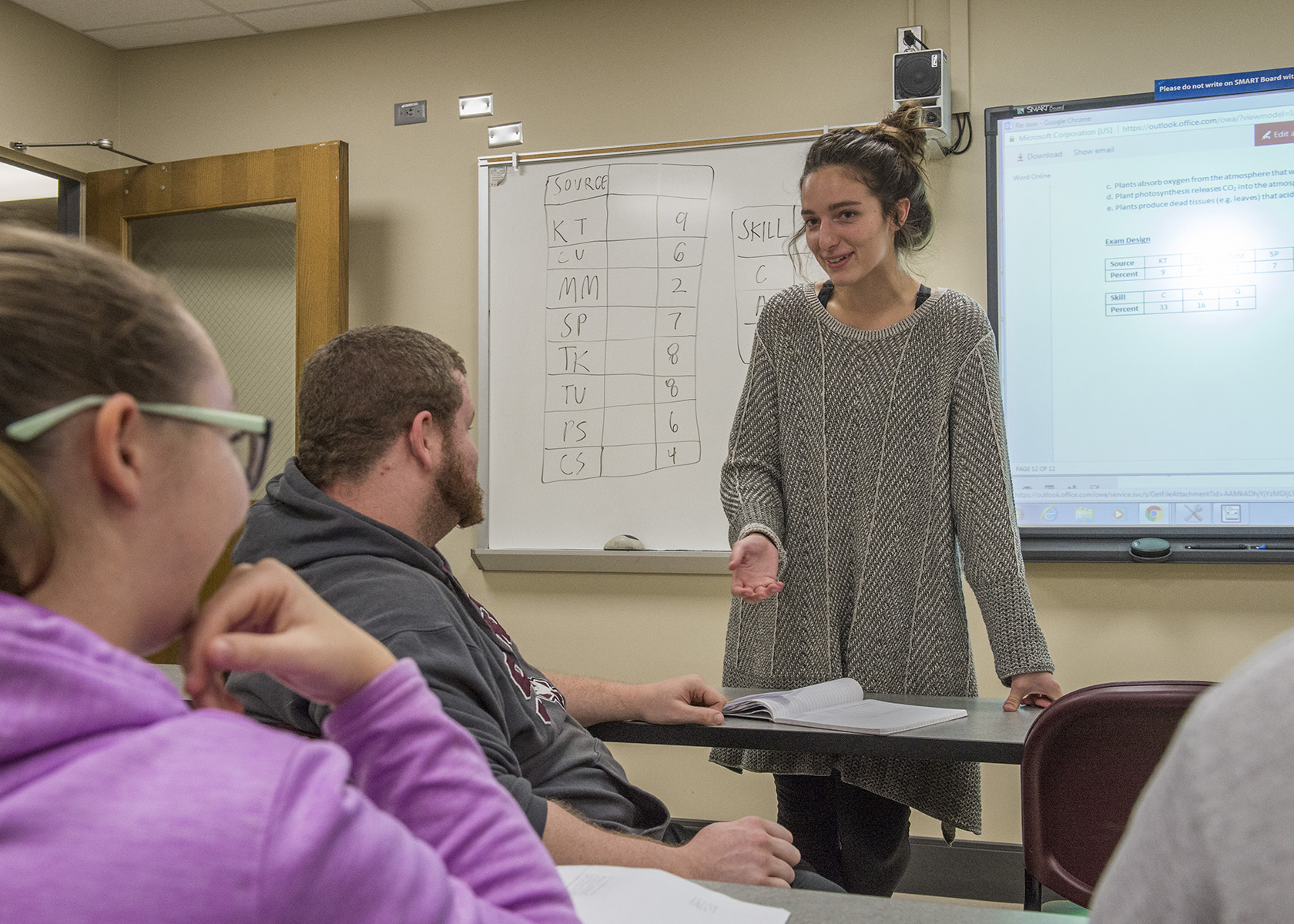
When the United States entered the nuclear power age, it can be argued Argonne National Laboratory is where much of the work happened. Since its inception in the 1940s, the lab and its satellite locations have remained at the forefront of physics research.
Two graduate students, one earning a master’s degree in physics and one earning a doctorate in applied physics, recently spent a weekend there following in the footsteps of one of the giants of science – Albert Einstein himself – during a marathon session using some of the most advanced research equipment in the world.
In the shadow of Einstein
Graduate student Stephen Hofer and Anil Aryal spent 72 straight hours mapping out the electronic features of a topological insulator. To do so, they used an array of instruments known as the Angle-resolved Photoemission Spectroscopy, or ARPES.
ARPES is the more advanced form of the Photoelectric Effect, the discovery of which led to Einstein’s 1921 Nobel Prize in Physics. The discovery dealt with the laws governing how electrons move through solids.
Hofer and Aryal’s work on topological insulators is related to a variety of applications, including futuristic quantum computing, which promise enormous advances over the fastest super computers of today.
SIU students get opportunities
The grad students work with Dipanjan Mazumdar, assistant professor of physics, and he said the trip to Argonne provided the students access to state-of-the-art facilities that cannot be achieved in any university setting.
“The reason is the availability of synchrotron radiation in national labs like Argonne that provides broadband electromagnetic waves, from infrared to X-rays,” Mazumdar said. “Using synchrotron radiation, Stephen and Anil were able to probe and understand how specific foreign atoms behave inside a topological insulator.”
Hofer said SIU is located in what might be considered a geographic sweet spot for studying physics, with three national laboratories located within a five-hour drive of campus. It also helps with collaborations with other universities nearby,
“It allows students to utilize resources far beyond the scope of any one campus,” Hofer said.
“That gives us many opportunities to perform advanced experiments.”







